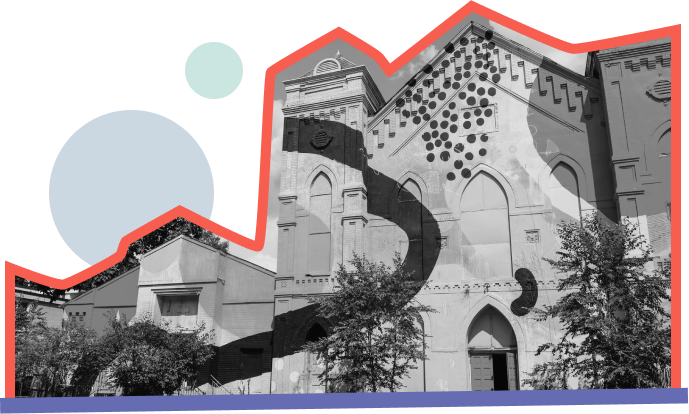There are multiple ways the populations, histories, and geographical boundaries of the region have created organizing opportunities that are distinct from those of other areas.
Collectively, people of color have almost crossed the threshold of being the majority in the region at 49.4% of the population. DC became the first majority Black city in 1957 and was roughly 70% Black by 1980. (Mass serial displacement and gentrification have since cut that number to 46%.)

Northern Virginia is home to 68% of the state’s immigrant population, which is predominantly from Asia and Latin America, with African and European immigrants each making up 10% of that number. Immigrants comprise 23% of Northern Virginia’s population.
In Montgomery County, Maryland, people who are Latinx make up 19.1% of the population, Black people 17.8%, and Asians 14.8%. A third of the county’s population in 2016 was born outside of the country, with the majority hailing from Latin America (38%) and Asia, followed by 15% from African nations.
Maryland’s Prince George’s County has the largest population of people of color in the region, where Black people make up 64.4% of residents, the Latinx population makes up 19.5%, Asians make up 4.4%, and the Native American population is at 1.2%. Its immigrant population, at 22%, is less than that of Montgomery County’s, with most people migrating from El Salvador (23%), Nigeria (8%), Guatemala (7%), Mexico (6%), and Jamaica (5%).

